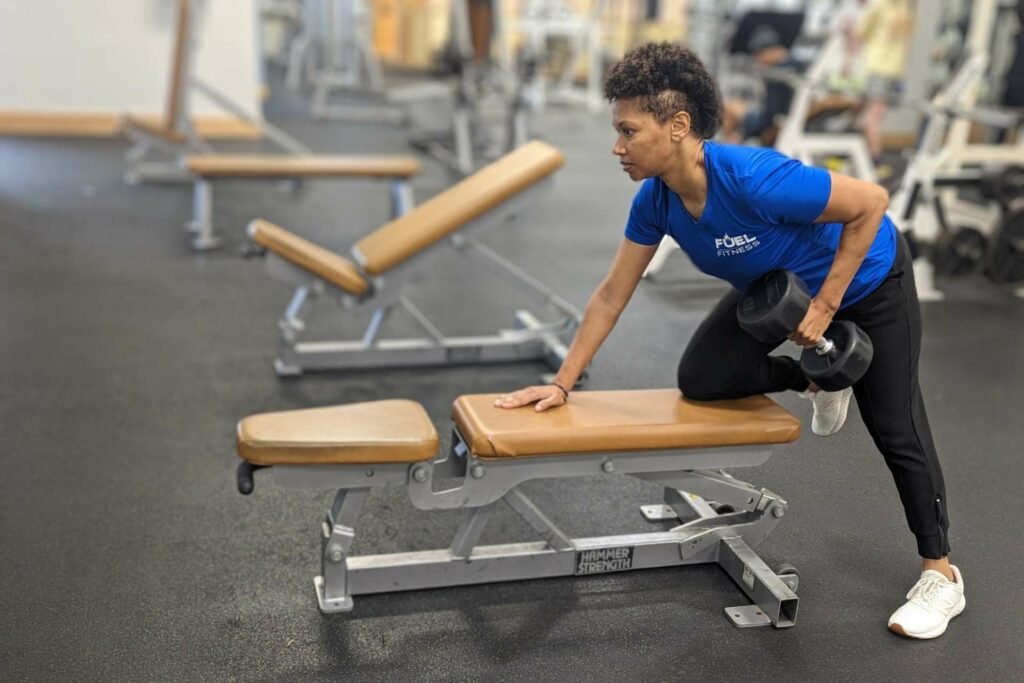Are you looking for a sustainable way to achieve your ideal weight? Fad diets and hours in the gym will only get you so far. If you want to enjoy flexible eating and still look and feel your best, it’s time to learn how to count macros!
While the term “macros” might sound like it involves a lot of complex science, it’s actually easier than you might think! Stick with this basic guide and you’ll feel like an expert in no time!
What Are Macros?
The term “macro” is short for “macronutrients.” It refers to the three key food groups that your body needs to survive:
- Protein
- Carbohydrates
- Fat
Your body uses protein to build and repair muscle, fats to keep you feeling satisfied, and carbs to give you the energy you need to get through your day.
While traditional diets simply count calories, monitoring your macros is a bit different. When you’re counting calories, 20 calories of chocolate is the same as 20 calories of kale. However, macro counting takes this a step further.
Tracking your macros will help you achieve the body you’ve always dreamed of! The truth is, even if you have created a killer gym schedule, you can’t outrun a bad diet. Once you learn how to properly monitor what you’re putting in your body, you’re going to love the results!
Track Your Macros in 5 Simple Steps
Now that you understand the basics of macros, it’s time to apply this knowledge! Here’s how to start seeing results in just four simple steps.
1. Calculate Your Macro Ratio
Determining your ideal macro ratio will depend on a variety of factors, including your body type, activity level, current weight, fitness goals, and more.
While the formula for calculating your macro needs is a bit complicated, you can use an online calculator to take care of the hard work. This will tell you the percentage of protein, carbs, and fats you should consume each day.
For example, a typical macronutrient recommendation may be:
- Proteins: 10 – 35% of total calories
- Fats: 20 – 35% of total calories
- Carbs: 45 – 65% of total calories
Note that this might not be the proper recommendation for your specific needs. Make sure you use a reliable calculator and/or consult with a trainer or nutritionist who can help you calculate your ideal macros. Once you have your recommendations, move on to the next step.
2. Log Your Meals
One of the biggest mistakes people make when learning how to calculate macros is trying to keep track of it all in your head. Make sure you write down everything you eat using either a physical or digital journal. And make sure you write down everything.
While most people think they have a clear picture of what they eat every day, this is rarely the case. Almost everyone eats more throughout the day than they think they do.
Writing down everything you eat will help give you a reality check. Not only might you be snacking more than you think, but you might also forget to include the calories you drink.
Keeping a food journal will also help uncover unhealthy eating habits and food triggers. Once you recognize what you’re doing, you can take steps towards making positive changes.
There are many different types of food journals and tracking apps on the market, so try experimenting with a few different options until you find one that works for you.
3. Measure and Weigh
It’s virtually impossible to accurately track your macros without weighing and measuring your food, so make this a part of your routine – at least to start. Purchase an inexpensive food scale and weigh your food before you eat.
While many people find this to be tedious at first, it’s absolutely necessary. Once it becomes part of your routine, it will feel like second nature.
4. Meet Your Goals
One of the great things about tracking your macros is that you enjoy some flexibility in the way you eat. As you get towards the end of the day, review your journal or app and see where you’re falling short.
If you’re low on protein, you can add some cooked chicken or a hard-boiled egg to your final meal. Lower on carbs? Toss some pasta in a healthy tomato sauce and enjoy it as a side with your dinner.
If you’re trying to lose weight or bulk up, it’s important to track your calories as well. However, once you start tracking your calories, you’ll see that the two go hand-in-hand.
Remember these ratios and you can conquer both at once:
- Carbs – 1 gram equals 4 calories
- Protein – 1 gram equals 4 calories
- Fat – 1 gram equals 9 calories
Don’t want to do a bunch of math? A tracking app like MyFitnessPal will be your best friend!
5. Give Yourself a Break
It’s important not to stress yourself out too much when you’re tracking macros. You don’t have to hit all of the goals exactly every day. As a general rule, you’ll want to stay in the range of +/- 5 to 10 macros each day.
Remember that food labels aren’t always completely accurate, so trying to be 100% perfect isn’t just a great way to make yourself crazy, it’s also pretty much impossible. Work on getting as close as you can, and you’ll still enjoy great results.
Embrace Your Health in 2021!
If you’re ready to make 2021 your healthiest year ever, counting your macros is a great way to start! This guide has taught you the basics, however, there’s no reason to stop there.
At Fuel Fitness, we offer personal training and group classes. We’re also the largest and most equipped gym in Mooresville. Complete our convenient online form so you can get started today!



















